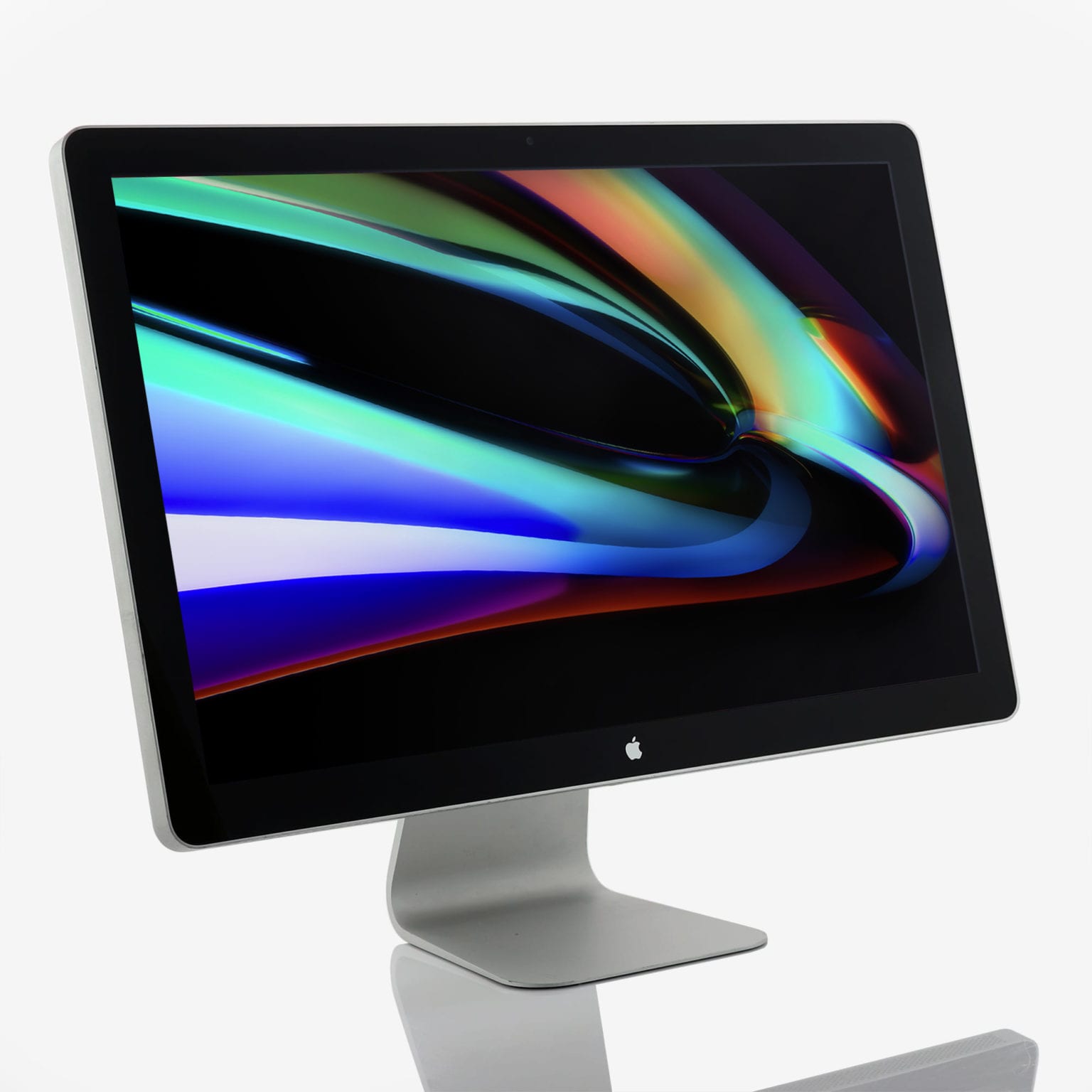

- #BRIGHTER SCREEN ON MAC UPDATE#
- #BRIGHTER SCREEN ON MAC PRO#
- #BRIGHTER SCREEN ON MAC MAC#
- #BRIGHTER SCREEN ON MAC WINDOWS#
With my screen at 100-120cd/m2, images roughly match how resulting prints look on walls in my home and other venues. With D65, I used to calibrate at 100cd/m2. I've learned that screen brightness needs to be higher with a lower color temperature, as D50 or D55 can look yellow at 100cd/m2 or less.
#BRIGHTER SCREEN ON MAC WINDOWS#
So, I have high-CRI dim lighting and blackout blinds on the windows in my office, and I set screen brightness to 120cd/m2 with a White Point of D55. Over the years, I've come to the conclusion that it's best to control the lighting in my digital darkroom rather than adjust screen brightness to match ambient light, and to set screen brightness to a level that approximates the light level in which I expect my prints to be viewed. On the System Preferences screen, click on Energy Saver option.
#BRIGHTER SCREEN ON MAC PRO#
Impressively, both new MacBook Pro models have up to 3x brighter displays.
#BRIGHTER SCREEN ON MAC MAC#
Just curious of what brightness levels other iMac users have settled on for practical purposes of editing within Lightroom/PS, etc. Click on the Apple Icon from top menu bar of your Mac and then click on System Preferences in the drop-down menu. Apples new 14-inch and 16-inch MacBook Pro models are equipped with improved 'XDR' displays with mini-LED backlighting. Right now I have mine set at 90 cd/m2 (much lower than the suggested 120 cd/m2 by my Datacolor Spyder5Pro). what brightness level have you typically settled on? I know it depends on room lighting conditions, etc.
#BRIGHTER SCREEN ON MAC UPDATE#
We’ve reached out to Apple for comment on this report and will update our story to reflect any answer from the company.For those of you who have calibrated your 27" iMac Retina displays. The reason itself is still a mystery, though. There’s definitely a reason for the brightness limit - Apple wouldn’t deliberately limit its hardware without some sort of rationale. Screen brightness is also one of the most significant factors in laptop battery life perhaps the MacBook Air’s slimmer battery didn’t last as long as Apple wanted when the screen was dialed all the way up. It’s possible the screen just doesn’t perform as consistently at such a high brightness level. Other reasons for the limited brightness could be related to the overall performance of the device. If you wanted something brighter, Apple could be saying, spring for the more expensive MacBook Pro. The Air is meant to be the company’s most minimalist laptop. If you want to test it against something, go to this link and click 'test screen' and then 'check pixels. Why would Apple do this? - No clue! Apple is usually all about maximizing the potential of its hardware offerings, so it’s surprising to see the company’s own operating system limiting itself in this way.Īs the testers mention, it’s possible the lower brightness level is a marketing move by Apple to distance the Air from the beefier MacBook Pro line. To the naked eye, the screen isn’t really going to look much different between operating systems. Both operating systems hit about the same 1200:1 contrast ratio. Usually, you’ll have to hold the Fn key (function key) while tapping one of these keys (such as the F2 key) to brighten or dim the screen. Look for icons of a sun with an up and down arrow next to it. Colors are very accurate on the screen, both on Windows and macOS. On a laptop, you can usually adjust the brightness of the screen by pressing a keyboard combination. Minimal other differences - In the tests run by, maximum screen brightness was really the only noticeable difference between running Windows and macOS on the MacBook Air. Likely contenders include performance stability and marketing reasons. That’s unusual for the site’s checks it notes that, in tests of past machines, brightness has varied very little from operating system to operating system.Īpple hasn’t made any public mention as to why macOS might purposefully hold back its max screen brightness. When running Windows, the Air’s brightness maxed out at almost 550 nits, where macOS yielded a maximum of only a little more than 400 nits. The Air’s brightness limitations were spotted by staff at when they installed Windows on their MacBook Air and found the display to be about 30 percent brighter than when the device was running macOS.

Apple’s 2020 MacBook Air is faster, has a much-improved keyboard - and won’t let the screen hit its maximum brightness.


 0 kommentar(er)
0 kommentar(er)
